The Siberian Husky, with its piercing blue eyes, thick double coat, and boundless energy, is a breed like no other. Originating from the cold terrains of Siberia, these dogs were bred to pull heavy sleds over vast distances in subzero temperatures. As such, their dietary needs are unique and tailored to their high-energy lifestyles. While Huskies can be a bit fickle when it comes to eating, ensuring they receive the right amount of nutrition is crucial to their well-being. This article offers insights into feeding a Husky to maintain their health and vivacity.
1. Decoding Caloric Needs
Huskies are known for their incredible endurance and often surprising dietary habits. Their caloric needs can vary significantly based on their level of daily activity.
a. Puppies: Growing Husky puppies need a diet rich in nutrients. They generally require 80 to 100 calories per pound of body weight each day.
b. Active Adults: Given their history as sled dogs, Huskies that are regularly active may require between 40 to 60 calories per pound of body weight daily.
c. Less Active or Senior Dogs: A more sedentary lifestyle or advancing age will reduce their caloric requirement to around 30 to 40 calories per pound of body weight each day.
2. Reading Dog Food Labels
While many brands advertise their dog foods as “complete and balanced,” it’s essential for Husky owners to read and understand labels. The feeding recommendations on the packaging provide a starting point, but adjustments based on individual needs and activity levels are often necessary.
3. Factors Influencing Dietary Amounts
a. Activity Levels: A Husky that engages in rigorous daily exercises will have different dietary needs from one that enjoys more leisurely days.
b. Health Status: Conditions like allergies, obesity, or specific illnesses can directly impact dietary needs and portion sizes.
c. Age and Life Stages: While puppies need nutrient-rich food for growth, adults require a balanced diet for maintenance, and seniors might benefit from diets that cater to joint health and digestion.
4. Snacking and Treats
Huskies, despite their size, are not big eaters, but they sure love their treats. However, it’s essential to ensure treats don’t exceed 10% of their daily caloric intake. Lean meats, fruits (excluding grapes), and specialized dog treats can be good options.
5. Monthly Cost Estimation
Assuming a high-quality commercial dog food priced around $2.50 per pound (specifically for active breeds) and approximately 350 calories per cup:
For an adult Husky weighing 50 pounds and requiring about 2,500 calories daily:
- Daily food requirement = 2,500 calories ÷ 350 calories/cup = 7.14 cups daily.
- Monthly food requirement = 7.14 cups x 30 = 214 cups.
- Considering a 40-pound bag provides roughly 160 cups of food, a Husky would need around 1.34 bags per month.
- Monthly cost = 1.34 bags x $100 (assuming $2.50 per pound) = approximately $134.
This estimate can vary based on the chosen brand, regional pricing, and specific dietary requirements of individual Huskies.
6. Specific Considerations for Huskies
Huskies, with their thick coats, might benefit from foods containing omega fatty acids for skin and coat health. Additionally, they have a higher tolerance for cold due to their metabolic efficiency, which means they might eat less than expected. Always monitor their weight and adjust food portions accordingly.
Our 5 Top Foods for Huskies
The diets were selected by our founder Justin Palmer, a certified canine nutrition expert, specifically with Huskies in mind:
Conclusion
Feeding a Husky is not just about ensuring they have a full belly. It’s about respecting their lineage and understanding their unique dietary needs. These loyal, hard-working dogs deserve a diet that fuels their energy and maintains their health. With regular vet consultations and a balanced diet, your Husky will thrive, maintaining their iconic agility and spirit.
Frequently Asked Questions About Feeding a Husky
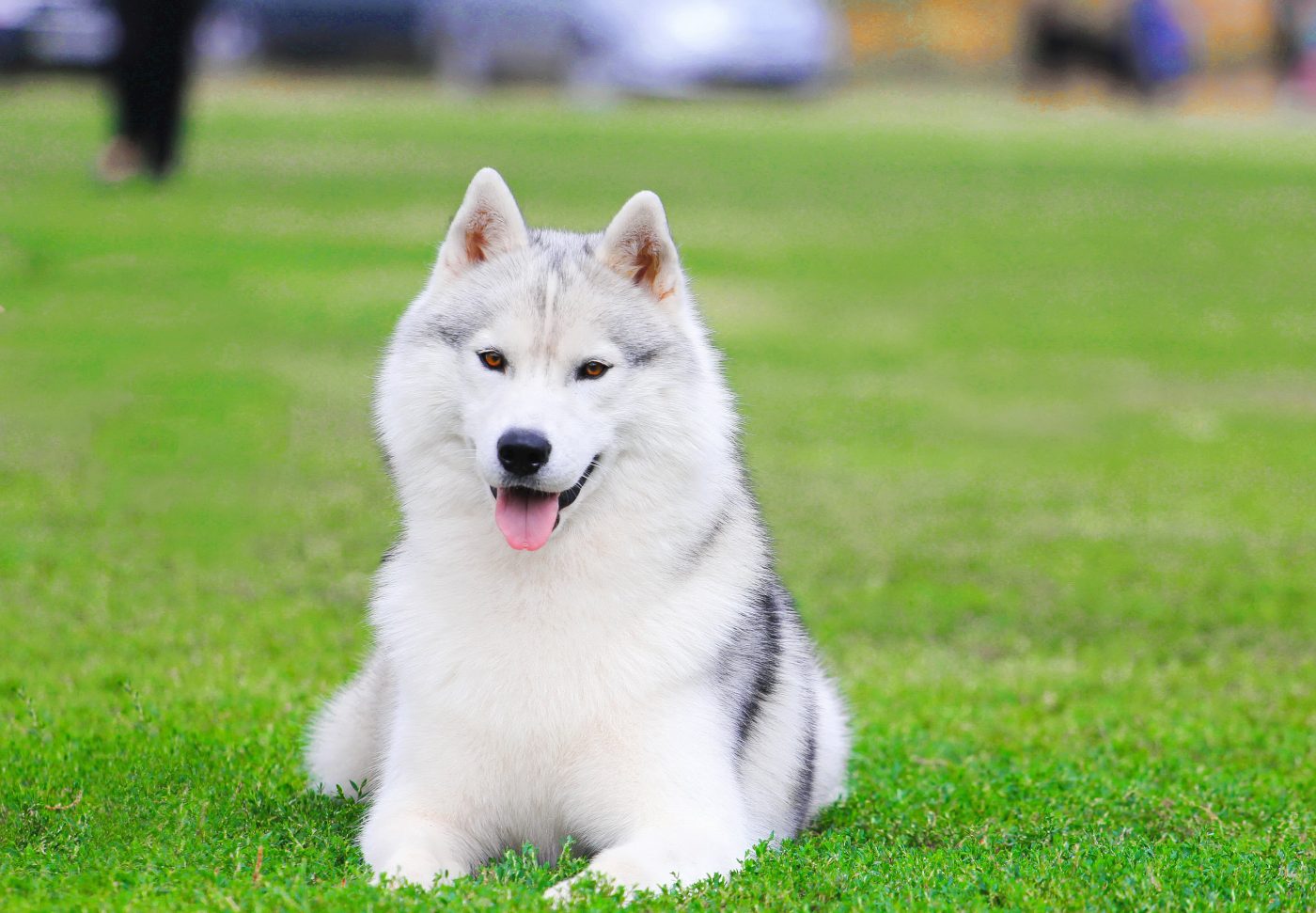
1. How often should I feed my Husky puppy?
Husky puppies have a higher metabolic rate and require frequent meals to support their growth. It’s recommended to feed them three to four times a day until they reach six months of age. After that, transitioning to two meals a day, which is the typical frequency for adult Huskies, is ideal.
2. Can Huskies eat raw food or the BARF diet?
Many Husky owners opt for the Biologically Appropriate Raw Food (BARF) diet. While it can offer nutritional benefits, it’s vital to ensure a balanced intake and be cautious of potential pathogens in raw food. Always consult with a veterinarian before transitioning to a raw diet.
3. Why does my Husky seem disinterested in food sometimes?
Huskies are known for their efficiency in converting food to energy, which often results in them eating less than other breeds. Additionally, they can be picky eaters. As long as they maintain a healthy weight and are active, occasional disinterest in food might not be a concern. However, sudden changes in appetite should be discussed with a vet.
4. Are there specific ingredients I should look for in Husky dog food?
For Huskies, foods rich in protein, complex carbohydrates, and essential fatty acids are beneficial. Ingredients such as lean meats, fish, sweet potatoes, and brown rice are ideal. Omega fatty acids, beneficial for their skin and coat, can also be a plus.
5. How can I prevent my Husky from becoming overweight?
Monitor their food intake, provide measured portions, and ensure they get adequate exercise. Regular vet check-ups to track their weight and adjust their diet accordingly can also help. Remember, treats and snacks should be accounted for in their daily caloric intake.
6. Are there human foods that Huskies shouldn’t eat?
Yes, foods like chocolate, grapes, raisins, onions, garlic, and items sweetened with xylitol are toxic for Huskies, as they are for most dogs. Always exercise caution when offering table scraps or sharing your meal.
7. Do Huskies have different dietary needs in cold climates?
Huskies have a remarkable metabolic efficiency that allows them to generate internal heat. While in colder climates, they might require slightly more food to compensate for energy loss. However, their unique metabolism often means they don’t need as much additional food as one might expect.
8. What types of treats are suitable for Huskies?
Opt for low-calorie, nutrient-rich treats. Lean meats, certain fruits (like apples or blueberries), and specific dog treats designed for dental health or coat shine can be excellent choices.
9. Should I give my Husky supplements?
While a balanced diet should provide all the necessary nutrients, some Huskies might benefit from supplements, especially omega fatty acids for coat health. It’s essential to consult with a vet before introducing any supplements to ensure they’re needed and safe.
10. My Husky has a sensitive stomach; what should I do?
Some Huskies may develop food sensitivities or allergies. In such cases, transitioning to a hypoallergenic or limited-ingredient diet can be beneficial. Always introduce new foods gradually and under the guidance of a veterinarian to identify and avoid potential allergens.
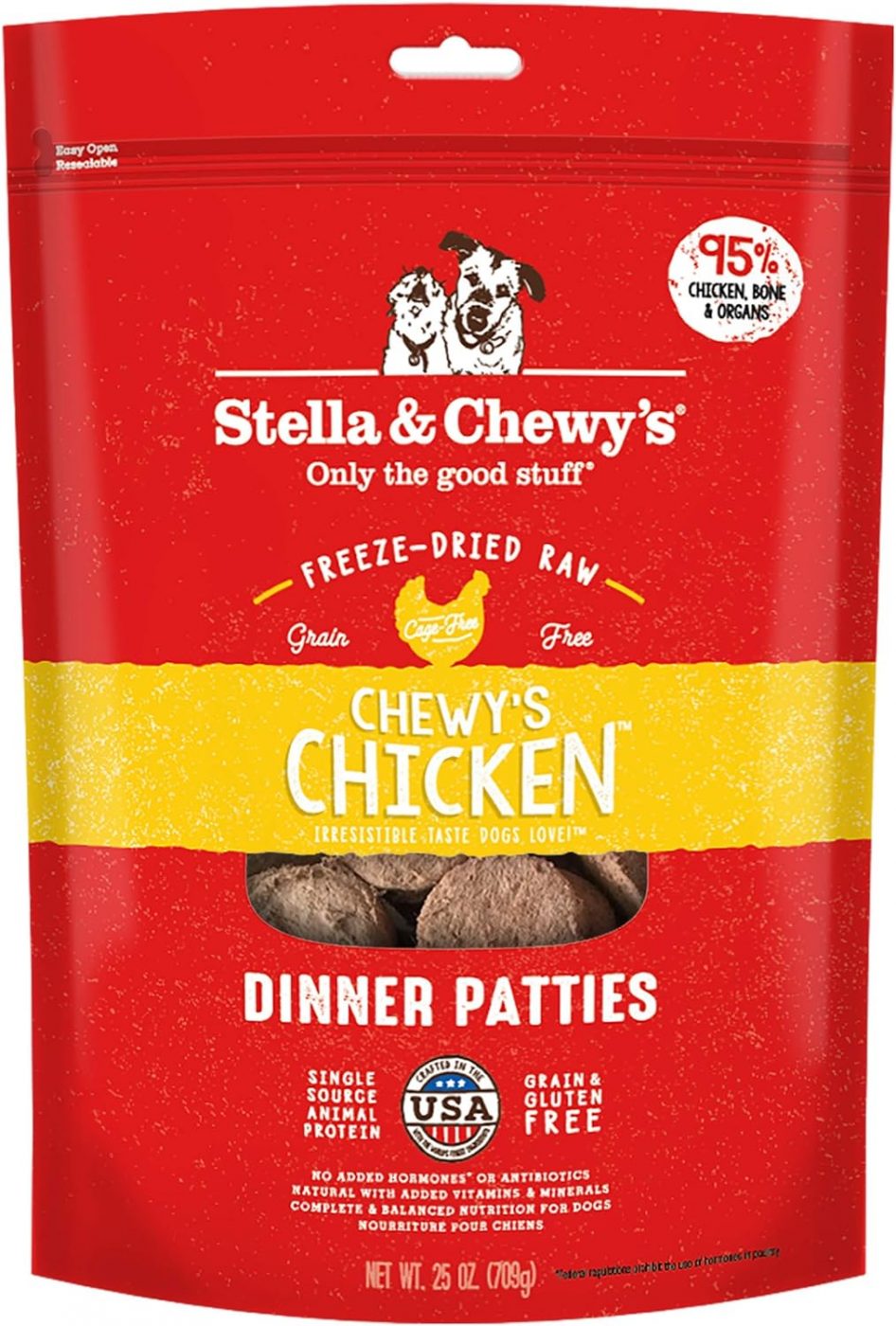
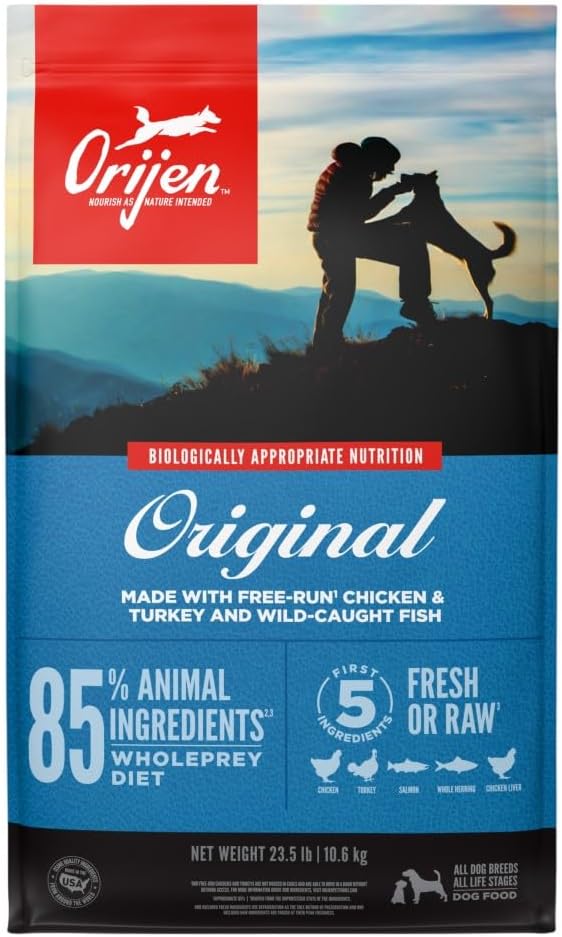
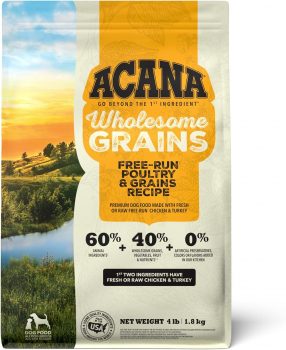
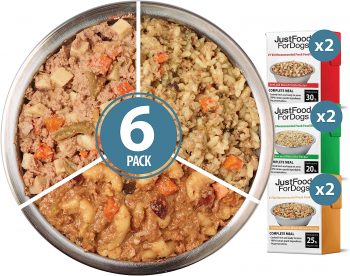
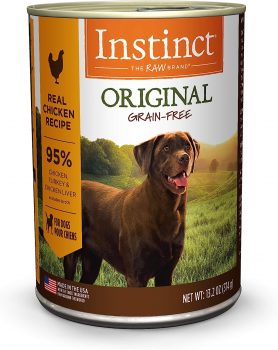
 Toledo, United States.
Toledo, United States.